Cryonics And Culture
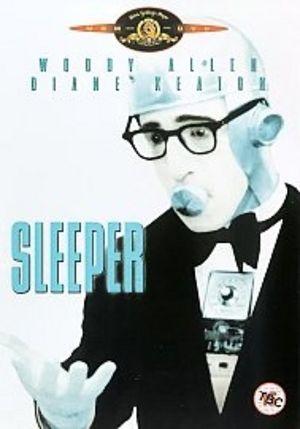
Cryonics as a standard medical practice has not yet quite arrived. But cryonics as a part of our culture is here to stay.
Actors from Charlton Heston in Planet of the Apes to Harrison Ford as Han Solo in The Empire Strikes Back to Sigourney Weaver in Alien go into cryostasis as casually as others now take buses.
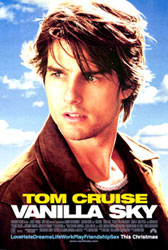
Cryonics is the main theme in blockbuster star vehicles like Vanilla Sky with Tom Cruise and "Demolition Man" with Sylvester Stallone, and it's thanks to cryopreservation that Austin Powers travels to the present from the Sixties.
There are rock bands called Cryonics, ambient techno music with titles like Cryonics, YouTube videos on cryonics.
Comedians may still use it in their skits, but it's no joking matter. The idea of cryonics is everywhere in our culture today.
Cryonics On Film
There are so many science fiction films that feature cryonics that it is hard to know where to begin. Woody Allen's Sleeper has always held a particular place of affection in the hearts of cryonics advocates. But most films take it more seriously. Cryonics and suspended animation are often used as near-equivalent terms when it comes to space treavel, but nearly every space traveller seems to use it, from Keir Dullea in the classic 2001: A Space Odyssey to Buck Rogers In The 25th Century.
And a few time travellers as well: Britain's Dr. Who stepped in on the cold slumbers of many a galactic star cruiser, and a trio who chose cryonics in the twentieth-century wake up on the Starship Enterprise in an episode of Star Trek: The Next Generation and head straight for a mint julip.
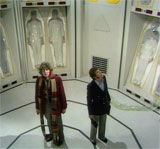
The fascination is global. Perhaps the greatest achievement of Japanese animation, Neon Genesis Evangelion, though not a cryonics film per se, regularly references cryostasis, and bio-technological capacities that can only be nanotechnological. Another anime classic, Cowboy Bebop, stars Faye Valentine, a twentieth-century cryonics patient turned off-world future bounty hunter, in precisely right time frame some current predictions hold. Governor Arnold Schwartzeneggar stars as Mr. Freeze in one of the Batman epics, Sleep Walker kept audiences wide awake and on the edge of their seats, and even Mel Gibson rises from cryostasis to find his lost love in the near-future in Forever Young.
Some of the most entertaining cryonics stories take place in Futurama, the television series created by Simpsons creator Matt Groening. Entire episodes like The Cryonics Woman have revolved around cryonics heroes and heroines, generally with a light-hearted ease absent in drier non-fiction on the subject.
Documentaries, of course, abound. The popular science documentary film Synthetic Pleasures is perhaps the best, and features all-too-brief interviews with not only Cryonics Institute founders Robert and Mae Ettinger, but even includes a shot of cryonics pioneer 'Miles The Beagle -- Resurrected Dog'.
The Literature Of Cryonics
Cryonics has been a part of science fiction nearly as long as the genre has existed. But several of those novels, and recently even non-genre literary and popular fiction, has put cryonics at the center of the story.
The most important of these for the interested reader is undoubtedly The
First Immortal,
by James Halperin. Halperin's novel is perhaps the
best and easiest introduction
to cryonics available. A New York Times bestseller, it's widely considered the
best cryonics novel ever written.
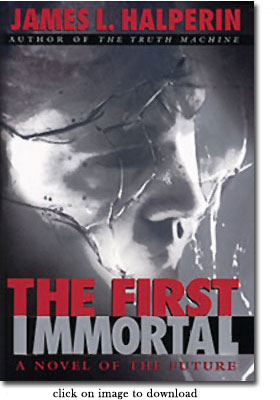
Though it's fiction, the science inside it is fact. This is perhaps the best researched novel ever written on the subject. Said the author, "I was trying to write the most realistic novel ever written on these subjects," and its depiction of cryonics and nanotechnology, its philosophical and technological and even legal presentations, are extremely faithful and accurate.
And yes -- in the course of researching cryonics, Mr Halperin became convinced of its plausibility, and became a cryonics member himself.
For younger readers, 21st Century Kids by Shannon Vyff is recommended, in that it is a cryonics novel written specifically for children which portrays and optimistic (but not entirely problem-free) future for those who practice cryonics. Unlike many fiction writers who attempt to write on a cryonics theme, Shannon Vyff (the author) is very well informed about cryonics and is herself signed-up as a cryonics member.
Most cryonics novels are not really about cryonics -- there is a tendency to use the idea of cryonics as a technique for time travel, rather than meditating on cryonics' own social and humanitarian implications. But there are some excellent exceptions.
James Halperin considers Linda Nagata's Tech Heaven as his favorite cryonics novel, and a few consider it to be the best cryonics novel of all.
Then there are the classics. Frederick Pohl's The Age Of The
Pussyfoot is intelligent and fun and well-thought out and has its fans. 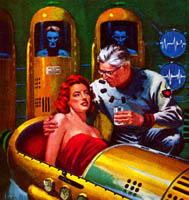
Robert Heinlein's The Door Into Summer is another much-beloved candidate. Clifford D. Simak's Why Call Them Back From Heaven? takes rather a negative view of cryonics, but does work out some social implications rather well.
Thomas Berger's Vital Parts is perhaps the best written -- but least trustworthy -- novel of them all, a non-science fiction story set in the Sixties in which a failed browbeaten middle-aged protagonist almost but not quite tries manages to get himself suspended while yet alive. Technically quite out of date, and not at all descripive of cryonics today, it nonetheless has some fascinating snapshots of the promise and difficulties of cryonics in the 1970's.
Marvin Minsky, widely regarded as the father of Artificial Intelligence and a cryonics member and activist, co-wrote a science fiction novel called The Turing Option with science fiction great Harry Harrison, in which computer-aided reconstruction of the brain (an issue relevant to cryonics) is powerfully and plausibly described.
Sterling Blake (pseudonym of sf great Gregory Benford) wrote a rather accurate and positive portrayal of a cryonics service organization in Chiller, and A.A. Attanasio's Solis also has a cryonics theme, with a hero reportedly modelled on author and cryonicist Charles Platt, himself a novelist, and author of over forty books.
Danish
mystery writer Anders Bodelson does a dour job of social prophecy
in Freezing Down, and Harvard writing instructor and mystery writer
John Minahan has a fine police novel out called The Great Grave
Robbery in which 'Mae and Robert Erickson', wife and author of 'The Prospect
Of Life Extension', figure prominently.

The very best book on the theme of longevity itself may well be a play: Back To Methuselah, by George Bernard Shaw, in which an evolving humanity wills itself into living three hundred years, and then open-endedly, without inevitable death.
Shaw's masterpiece, Back To Methuselah is classic literature, and considered by some to be the finest play in the English language.
Australian novelist Damien Broderick's The Last Mortal Generation and The Spike are non-fiction, but their cryonic-related subject matter helped give his latest (and bestselling) novel, Transcension, its cryonics protagonist and themes.
CI member and Cryonics Europe chairperson Chrissie Loveday (aka Chrissie de Rivaz) is not only a published romance novelist, but has a short story called Coming Back with a cryonics theme online. (You can read more about and by Chrissie at www.chrissieloveday.com).
An interesting novel is Skin Deep, by Jacqueline Jacques whose plot revolves around six frozen brains were found in an abandoned cellar as the result of Nazi concentration camp medical experiments. The author imagines British scientists in the present deciding to use the discovery to pioneer the first cryonic brain transplants, and examine what would happen if survivors of the war-torn 1940's were reanimated in the early 21st century.
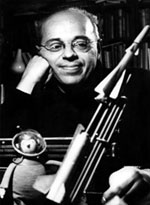
And lastly, award-winning Polish novelist Stanislaw Lem's Return From The Stars.
Though not strictly speaking a cryonics novel, it is one of the best fictional attempts to realistically describe the experiences of a person thrust a hundred seventeen years into the future.
And one of the most hopeful, as his retired astronaut hero learns that survivors of the past have as just as much to give to the future as the future has to offer them.
(The First Immortal, along with The Prospect Of Immortality and other classics, are available free from this web site on our Free Ebooks page.)
Copyright ©2006 Cryonics Society, All Rights Reserved.

